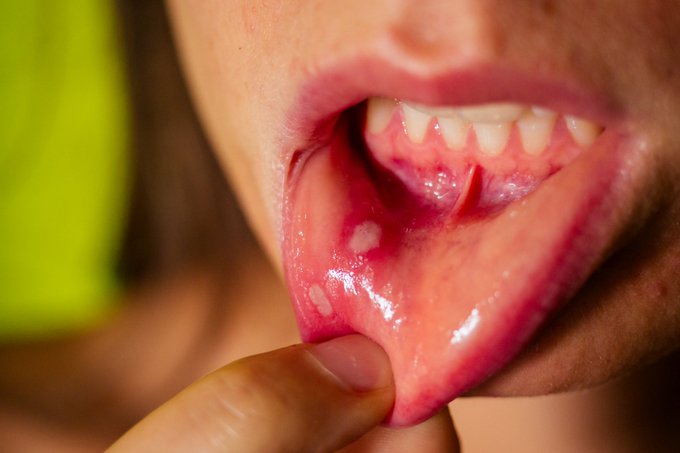
April 9, 2024April 9, 2024 0 Comments
What You need to know about Mouth Ulcer
A mouth ulcer is a sore that appears anywhere inside your. These sores are usually red, yellow or white, and you might have one or several.
You can get mouth ulcers on your:
- Gums.
- Tongue
- Roof of mouth (palate).
- Inner cheeks.
- Inner lips
What are the symptoms of a mouth ulcer?
Mouth ulcers are usually easy to spot. They appear as sores on your gums, tongue, inner cheeks, inner lips or roof of your mouth.
Mouth sores are typically:
- Red around the edges.
- White, yellow or gray in the center.
You may only develop one ulcer, or there might be more. Other symptoms could include:
- Swelling around the ulcers.
- Increased soreness when brushing your teeth.
- Pain that worsens when eating spicy, salty or sour foods.
What causes mouth ulcers?
Mouth ulcers may occur for a number of reasons, including:
- Minor tissue injury from dental work, such as having a cavity filled.
- Accidentally biting your cheek or tongue.
- An allergic reaction to certain bacteria.
- Wearing braces or retiners.
- Using harsh or abrasive toothpaste.
- Eating lots of acidic foods, such as oranges, pineapples and strawberries.
- Hormonal changes during your period
- Stress
- Lack of sleep.
How do you treat a mouth ulcer?
While most mouth sores heal on their own, your provider may prescribe medications to help ease discomfort. Common mouth ulcer treatments include:
- Antiseptic gels or mouth rinses like Orajel™ or Anbesol®.
- Steroid ointments like triamcinolone.
- Immunosuppressants Immunosuppressants (in severe cases).